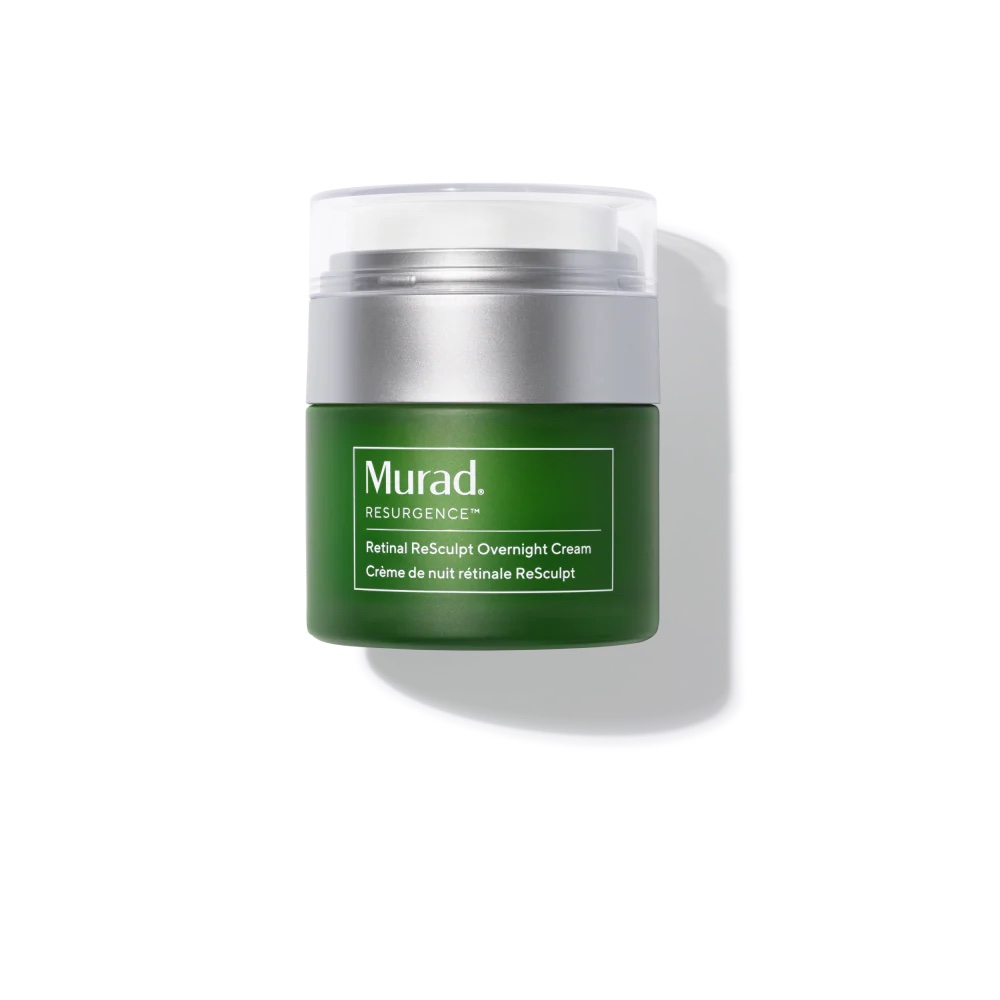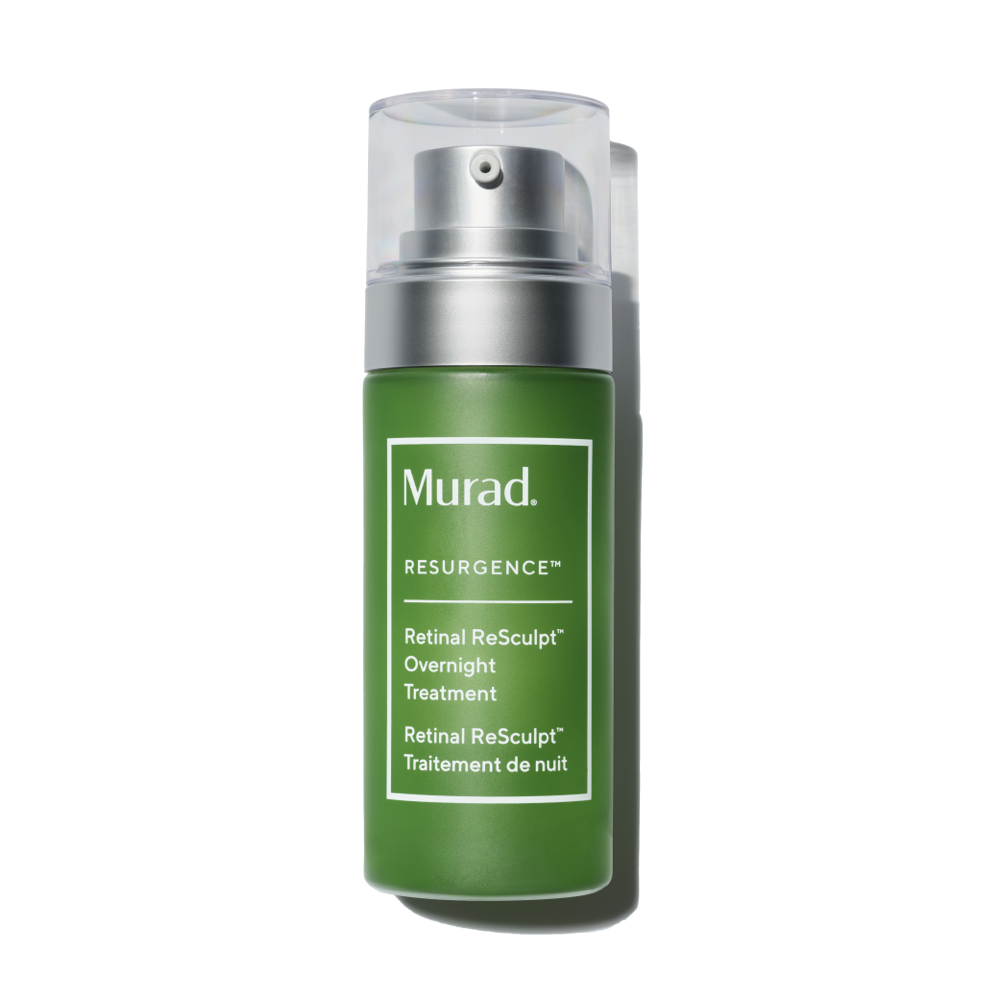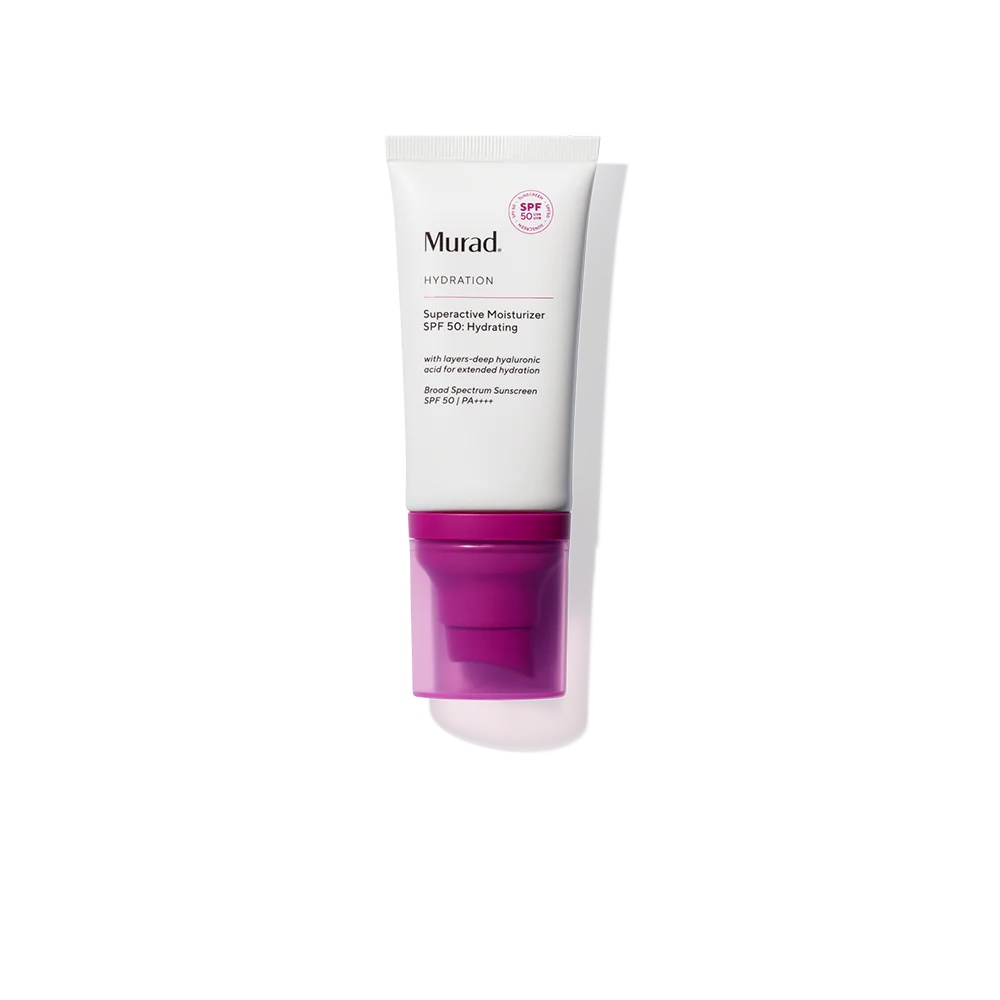What is skin cycling and how do you do it?

Unlike most social trends that went viral then vanished, skin cycling is here to stay. Coined by dermatologist Witney Bowe, MD, skin cycling is almost universally supported by the professional dermatological industry: so much so that the accomplished medical experts we spoke to had similar skin-cycling routines they recommend to their patients. If you’re wondering what is skin cycling, how to create a skin-cycling routine that works for you, and how actives like retinoids fit into your own skin-cycling schedule, keep reading for all the skin-transforming details.
Featured experts:
- Dr. Hannah Kopelman, Dermatologist at DermOnDemand
- Dr. Nicole Lee, MD, MPH, FAAD + owner of Epoch Dermatology
- Stephanie Brady, BSN, RN Aesthetic Nurse Injector at Seaside Skincare
What is skin cycling?
“Skin cycling is a skincare strategy that involves rotating active ingredients, typically exfoliants and retinoids, with rest or recovery nights to help support the skin barrier while still achieving visible results,” says Lee.
“It’s a smart, strategic way to get more out of your skincare and give your skin a chance to thrive,” Brady says. “The magic of skin cycling is that it gives your skin time to respond: instead of layering actives every night and risking redness or dryness, you’re working with your skin’s natural rhythm, balancing treatment with recovery to enhance results while minimizing irritation.”
What are the benefits of skin cycling?
“One of the biggest benefits of skin cycling is that it helps minimize irritation, dryness, and inflammation, especially for those with sensitive or reactive skin,” says Lee. “By giving the skin time to recover between active treatments, you’re able to maintain consistency without overwhelming it.”
Brady agrees: Skin cycling isn’t about doing less, it’s about doing it smarter. “Recovery nights are when your skin really rebuilds and strengthens, and that’s just as important as the active nights.”
Is there a “right way” to skin cycle?
“One of the most refreshing aspects of skin cycling is the underlying message: there is no single ‘right’ way to have an effective skincare routine,” Lee says. “Instead of following a rigid daily protocol, skin cycling encourages a flexible, responsive approach based on your skin’s needs. It normalizes the idea that your skin doesn’t need to be in overdrive every night and that rest and recovery are just as important as active treatment. This concept empowers my patients to listen to their skin and adjust their routine as needed, making it more sustainable, intuitive, and individualized.”
How can we maximize benefits from a skin-cycling routine rather than dilute them?
A classic skin cycling routine allows skin to benefit from active ingredients while preventing overuse and inflammation, Brady says.
Brady shares this common skin-cycling routine with her patients:
- Night 1, exfoliate: Use a chemical exfoliant like glycolic, lactic, or salicylic acid to clear dead skin cells
- Night 2, retinoid treatment: Apply a retinol or retinal to promote cell turnover and collagen production
- Nights 3 and 4; recovery: Focus on hydration and barrier repair with ingredients like ceramides, peptides, or hyaluronic acid
How do retinal or retinol (retinoids) fit into a skin-cycling routine?
“Retinoid skin-cycling nights are essential for collagen stimulation, improving tone and texture, preventing acne, and achieving a healthy glow,” Shao says.
Choosing the right retinal or retinol for your skin-cycling schedule depends on your skin type.
Brady recommends the following:
- Sensitive or dry skin: Low-dose retinol or retinaldehyde, buffered with moisturizer; look for calming ingredients like niacinamide
- Oily or acne-prone skin: Medium-strength retinol with clarifying ingredients; non-comedogenic, encapsulated formulas are ideal
- Resilient or aging skin: Higher-strength retinol or encapsulated retinal; pair with antioxidants or peptides for anti-aging support
Kopelman adds, “The key to skin cycling with retinoids is starting low and slow—twice a week at first—and always pairing it with barrier-supporting products.” Worried about mature, dry, or flaky skin? Kopelman recommends the popular moisture sandwich technique: “Apply a peptide-rich moisturizer before and after the retinoid to support collagen and elastin, while minimizing dryness. The goal is long-term skin health, not overnight transformation. Trust the process.”
“Skin cycling isn’t just a trend. It’s a sustainable skincare philosophy”
“Skin cycling empowers people to use potent ingredients smartly, based on their own skin’s rhythm,” Kopelman says. “And the beauty is it’s fully customizable. Whether your acne-prone, dry, or dealing with melasma or fine lines, you can tailor a skin-cycling routine to your needs. It’s a great way to take the guesswork out of nighttime skincare and build a strong foundation for healthier skin.”
The views expressed in this article do not necessarily represent the views of Murad, and are for informational purposes only, even if the advice of physicians and medical practitioners are included. This article is not a substitute for professional medical advice, diagnosis or treatment, and should not be considered specific medical advice.






